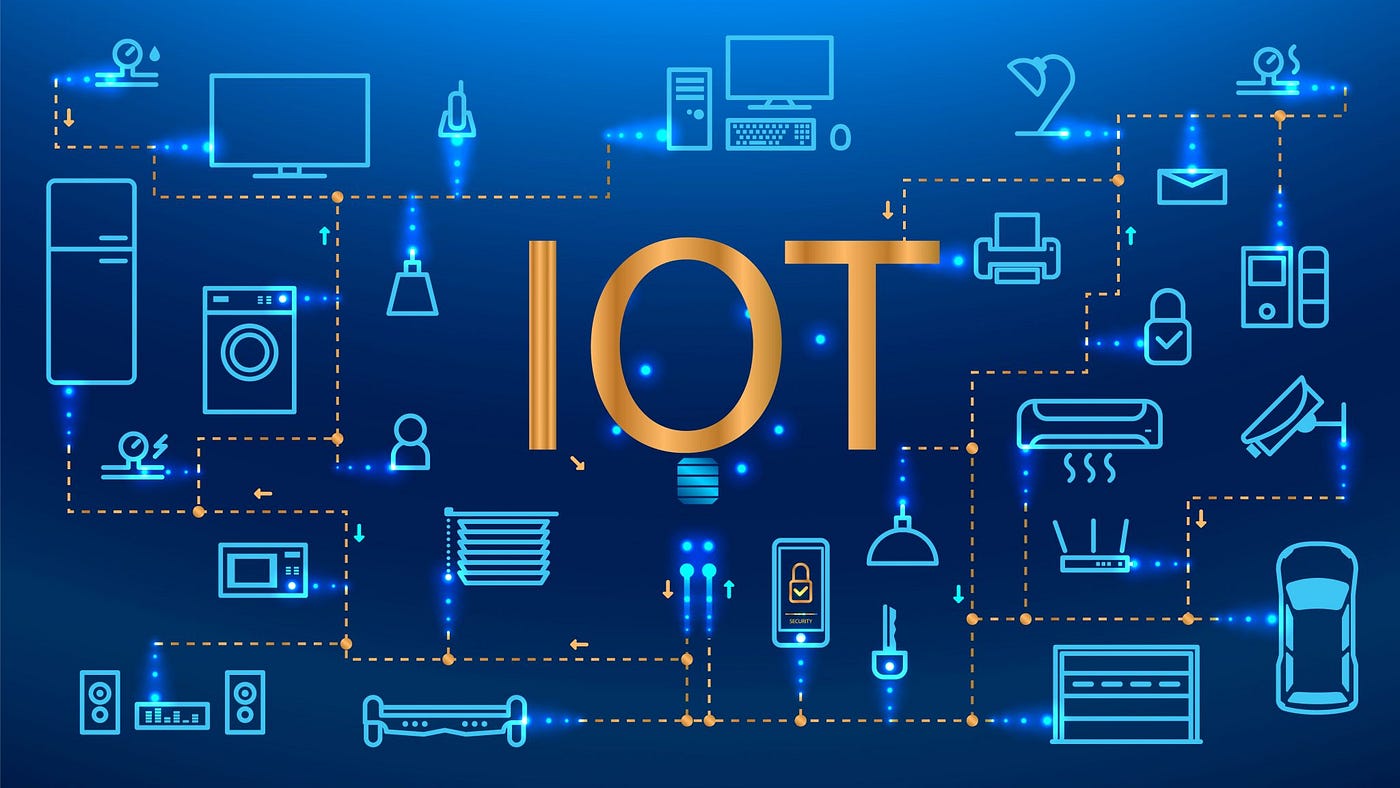The world of the Internet of Things (IoT) is vast and rapidly expanding. As IoT devices become more prevalent, understanding the IoT device firmware languages that power these devices is crucial. These languages are at the core of ensuring that IoT devices operate efficiently and securely. In this guide, we will explore what these languages are, why they are important, and how they contribute to the development of IoT devices.

Understanding IoT Device Firmware
Firmware acts as the bridge between hardware and software in IoT devices. It is a type of software that is embedded into a device’s hardware to control its functions. Understanding the IoT device firmware languages is essential for developers as it allows them to write code that communicates directly with the hardware.
Why Firmware is Crucial for IoT Devices
The role of firmware in IoT devices cannot be overstated. It ensures that devices can perform their intended functions smoothly and efficiently. Furthermore, firmware updates allow devices to improve performance, fix bugs, and enhance security features. For more insight on how firmware impacts device functionality, check out this IoT product development guide.
Key IoT Device Firmware Languages
Several programming languages are commonly used for developing IoT device firmware. Each language has its strengths and is chosen based on the specific needs of the device and its environment.
C and C++
C and C++ are among the most popular languages for IoT firmware development. Their low-level capabilities allow developers to interact directly with hardware, making them ideal for resource-constrained devices.
Python
Python is increasingly popular for IoT development due to its simplicity and ease of use. It is particularly useful for prototyping and developing IoT applications that require quick deployment.
JavaScript
JavaScript is widely used for web development, but it is also gaining traction in the IoT space, especially with the advent of Node.js, which allows for efficient server-side scripting.
Java
Java is known for its portability across different platforms, making it a viable option for IoT devices that need to operate in various environments.
Rust
Rust is gaining popularity due to its emphasis on safety and performance. Its memory safety features help in developing secure IoT firmware.
Choosing the Right Firmware Language
Selecting the right IoT device firmware languages involves considering several factors, including the device’s hardware specifications, the need for real-time operations, and security requirements. For more insights on IoT design principles, you can read this IoT gateway design principles article.
The Role of Firmware in IoT Security
As IoT devices often handle sensitive data, security is a paramount concern. Firmware plays a critical role in securing devices against threats. Regular updates and secure coding practices are essential for maintaining device integrity.
Firmware Updates
Updating firmware is vital for patching vulnerabilities and enhancing device performance. Over-the-air updates enable seamless firmware deployment, ensuring devices remain secure and up-to-date. Learn more about this in our over-the-air configuration article.
Secure Coding Practices
Implementing secure coding practices is essential to protect IoT devices from cyber threats. This includes validating inputs, using encryption, and following best practices for secure programming.
The Future of IoT Device Firmware Languages
The future of IoT device firmware is promising, with emerging languages and tools enhancing development capabilities. As the IoT landscape evolves, so will the languages and practices used in firmware development. For a deeper dive into IoT interoperability, visit this IoT interoperability challenges article.
Emerging Languages
Languages like Go and Swift are beginning to find their place in IoT firmware development, offering new features and benefits for developers.
Development Tools
Advanced development tools and frameworks are making it easier for developers to create robust and efficient firmware for IoT devices. For more on this, explore this IoT product development blog.
Conclusion
Understanding IoT device firmware languages is crucial for anyone involved in the development of IoT devices. These languages form the backbone of device functionality, security, and performance. As IoT technology continues to evolve, staying informed about the latest trends and best practices in firmware development will be key to success.

FAQ
What are IoT device firmware languages?
IoT device firmware languages are programming languages used to develop the firmware that controls IoT devices, ensuring they function efficiently and securely.
Why is firmware important for IoT devices?
Firmware is crucial for IoT devices as it bridges the gap between hardware and software, enabling the device to perform its intended functions.
What are some popular IoT device firmware languages?
Some popular IoT device firmware languages include C, C++, Python, JavaScript, Java, and Rust.


